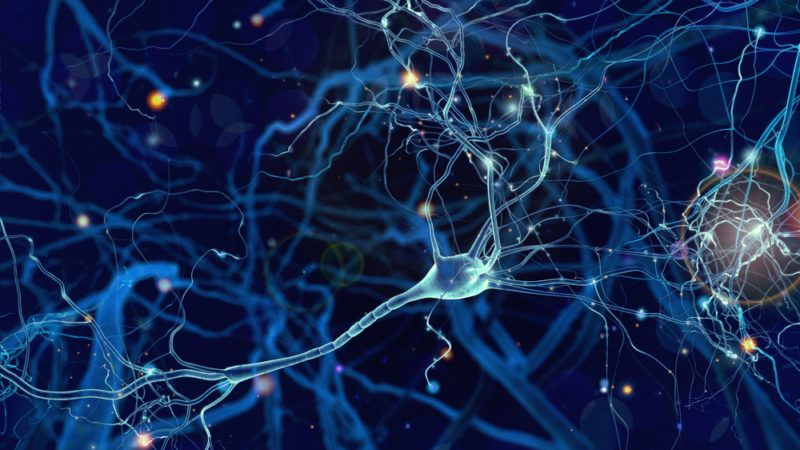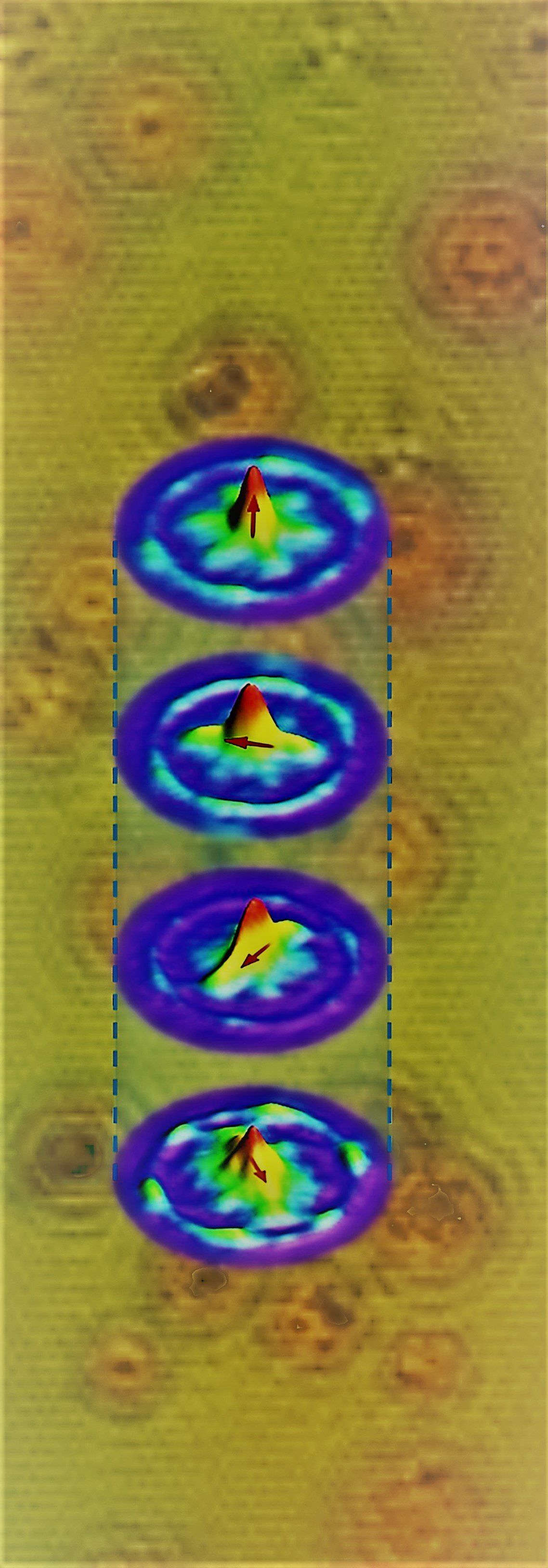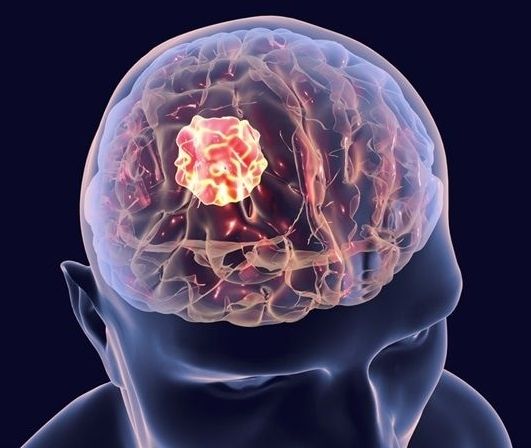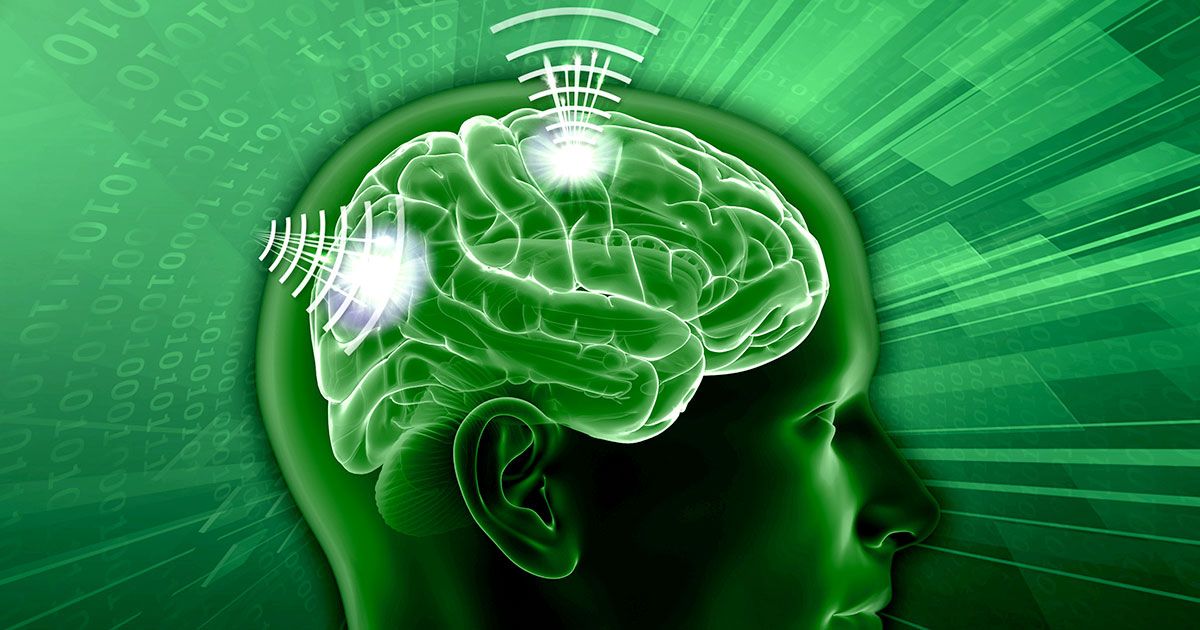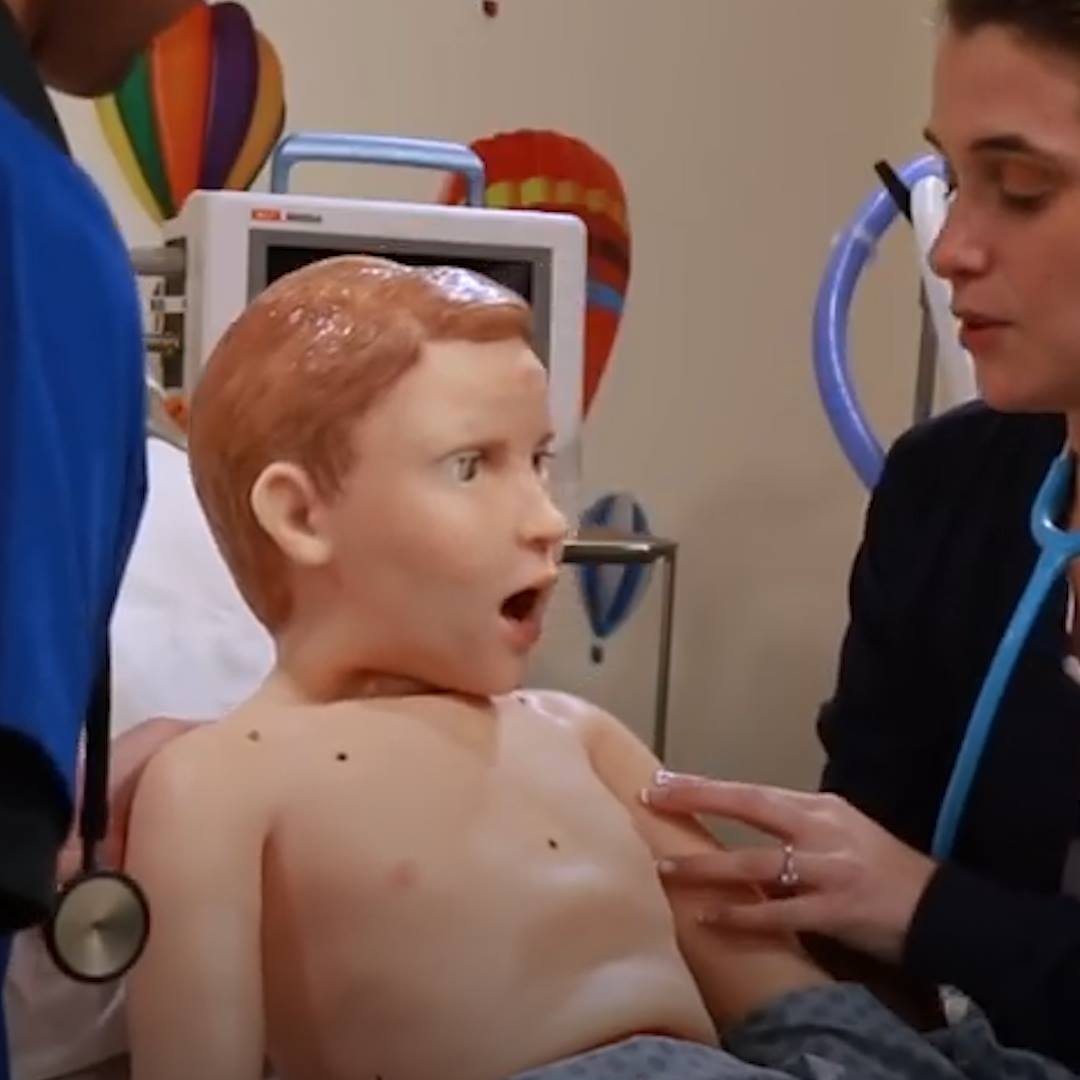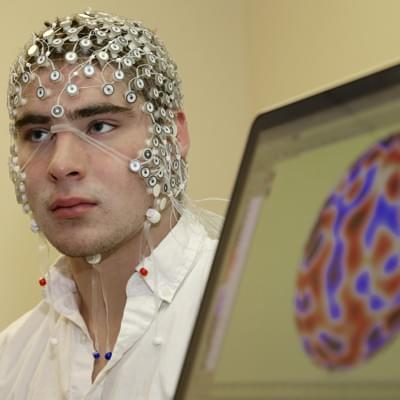Sep 13, 2018
The Exponential Growth of Data
Posted by Ankur Bargotra in categories: evolution, information science
This video is the first in a two-part series discussing big data. In this video, we’ll be discussing the importance of data and the role, it has played in advancing humankind as well as the exponential rate of growth of data.
[0:29–4:19] — Starting off we’ll look at, how data has been used as a tool from the origins of human evolution, starting at the hunter-gatherer age and leading up to the present information age.
[4:19–7:48] — Following that we’ll discuss, the many statistics demonstrating the exponential rate of growth and future growth of data.

